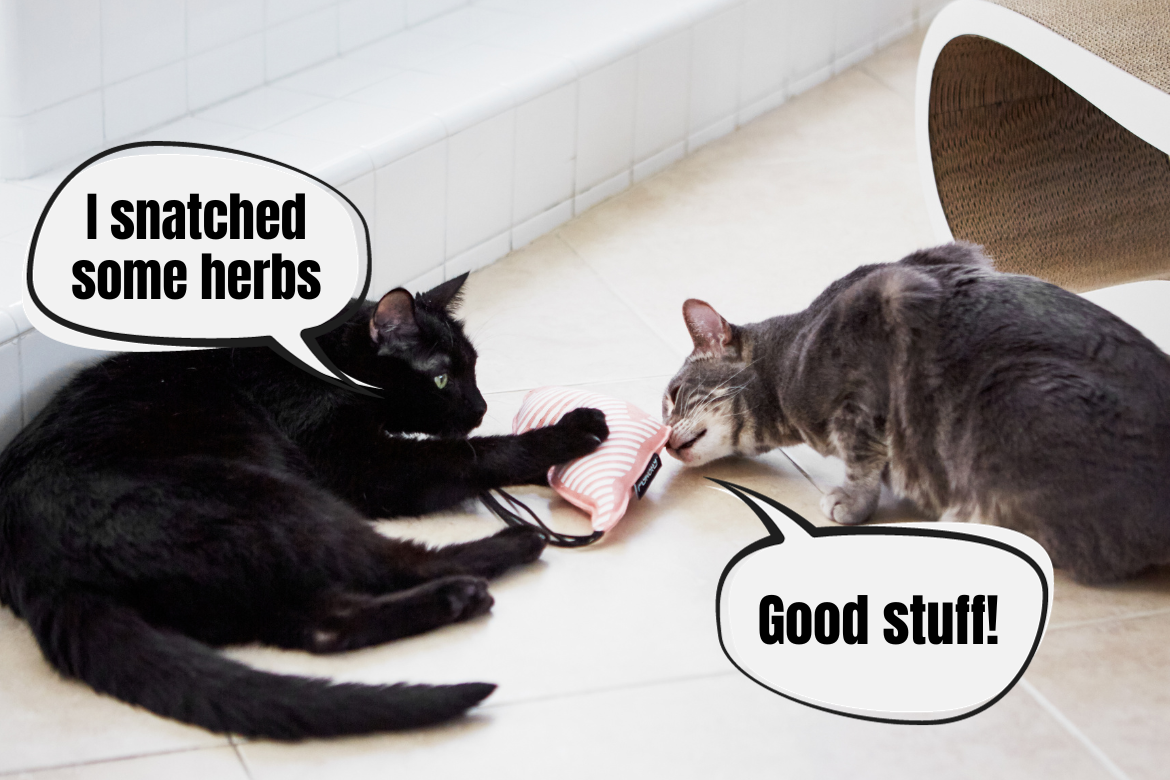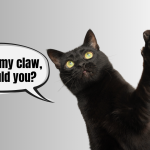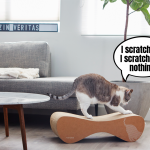Are you looking for a quick way to improve your mood on a gray, autumn afternoon, fabCat? Search for “Cats on Catnip” on YouTube or TikTok, and you’ll be entertained for hours watching fluffy felines go wild during playtime and make the funniest faces while sniffing catnip. Want to take it to the next level? Introduce some magical herbs to your own cats and see how they react to catnip, valerian, or silver vine. Fun for you and guaranteed entertainment for your cat 🙂 But how do these different types of magical herbs differ from each other, and which ones will work best for your cats? Let’s find out!
Catnip – a classic among cat herbs
Catnip is one of the most popular and commonly encountered “cat herbs.” While it affects around 70% of the cat population, almost every cat Carer has tried to see if their cat belongs to the lucky group that experiences the catnip high at least once in their lifetime. And rightly so, as catnip can have a genuinely positive impact on a cat’s well-being and, contrary to appearances, is not just a means to induce playful silliness in cats.
Reactions to catnip can vary – while some furballs go into a frenzy of play and running, rolling in catnip, and making funny faces, others might meow, drool, rub against everything, or even become slightly aggressive or completely chill out and relax. The intensity of the reaction is also influenced by the type of catnip given, its form, and the age of the cat. It is generally accepted that kittens start reacting to catnip at around 6 months of age, and for some cats, an interest in these magical herbs can develop at later stages of life.
Catnip toys and pure dried catnip can be used to stimulate cats to play, provide them with a bit of entertainment, relieve stress (such as the stress associated with a visit to the vet), and even help cats unwind and relax before a journey. It often happens that cats, after contact with catnip, take a longer nap and are less concerned about what is happening around them. Catnip is also irreplaceable in situations where a cat is ignoring new scratching posts or beds, and you want to draw their attention to them.
You can find more information about the magical effects of catnip on our blog: https://blog.mykotty.pl/en/2020/12/07/the-magical-power-of-catnip-why-do-cats-go-crazy-over-it/
Valerian – the “smelly” cousin of catnip
Valerian is a cat herb that many cat Carers would prefer to stay away from. And we completely understand why, as who would want to have cat toys in the house that smell like heavily used socks? But as it turns out, cats really enjoy this smell, and it often happens that cats who are indifferent to catnip go crazy for valerian. Our team cat, Tosia, falls into this category!
So how do cats react to valerian? Similar to catnip, although these plants differ in the substances responsible for the cat’s reaction. Dried valerian or toys filled with valerian can stimulate a cat to play, encourage more intense activity (even in solo play), or conversely, have a calming effect, putting the cat in relaxation mode. Due to the strong scent of valerian, it is recommended to keep it in tightly closed containers and give it to the cat only occasionally, so the magical effect of the herb does not wear off. This is how we package our KUNG FU cat toy, which contains a mix of valerian and catnip – cats on the block whisper that it’s the best stuff in town.
Matatabi sticks (silver vine)
Some Cat Carers can’t imagine not having a stash of matatabi sticks at home, while others have never heard of them. Matatabi sticks are probably the least popular choice among magical cat herbs, but it’s definitely worth getting to know them better. Matatabi, also known as Silver Vine, is a climbing plant native to Asia, primarily known in the cat world in the form of dried sticks. Its scent is almost imperceptible to us humans – when you open a fresh pack of sticks, you don’t have to worry about being engulfed in a cloud of smell, as is the case with valerian, for example.
Not all cats react to matatabi as intensely as they do to catnip or valerian. However, if your cats are indifferent to other cat herbs, silver vine sticks are definitely worth a try. They work especially well for cats who like to nibble on their toys – the sticks are perfect for chewing and also have a positive effect on dental health (although they can never replace proper oral hygiene). Due to the shape and size of the sticks, you can expect activities like nibbling, rolling the stick, tossing it, and attempting to kick it – in short, feline euphoria in its purest form.
How long do cat herbs work?
Regardless of the type of aromatic toys you give to your cat, their most intense effects usually occur in the first 5-10 minutes of play. After this time, cats usually become indifferent to the scent for a longer period. Some sources suggest that a cat may react to catnip or valerian again after about 2 hours, but from experience, we know that the longer the breaks between herb sessions, the more excited cats are when their favorite toy reappears on the horizon.
So, which herbs do your cats prefer, and how often do you give them catnip, valerian, or matatabi toys? Let us know in the comments, fabCats!




